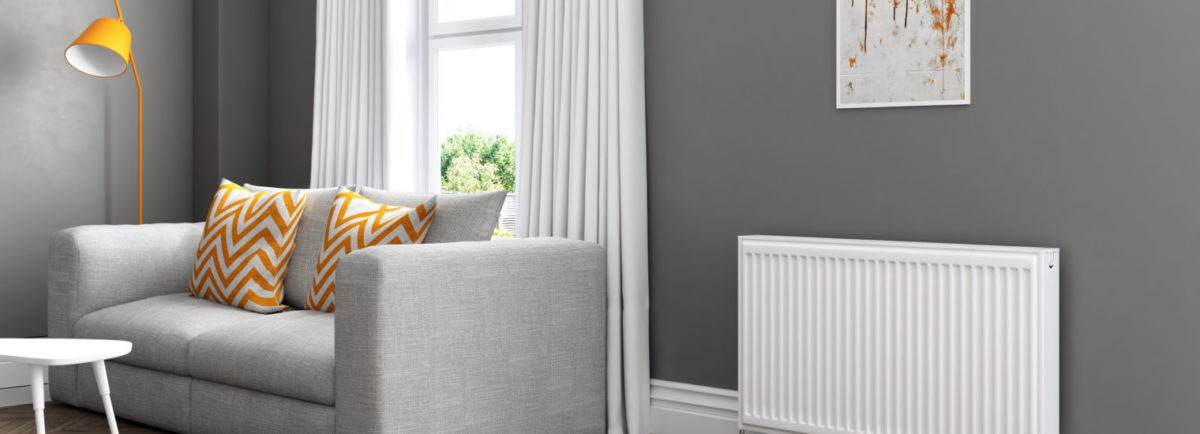We are in the winter of 2021/2022 and when winter approaches each year, the temperatures drop and houses all around Cyprus begin to prepare to use their central heating systems to keep warm during the colder months. Below we offer some advice and tips on how to keep your central heating cost effective during those winter months.
1. Service Your Boiler
Before winter arrives, your boiler needs a good service. This will ensure that your boiler is working efficiently without any problems or leaks, plus if you have a magnet filter, time to clean it out. You may want to consider having your boiler serviced during the summer holidays – heating engineers tend to get very busy in September/October as people start to turn their heating on and find it won’t work! Maybe best to get it serviced in good time so that if we get a cold snap early, you know your heating will work happily.
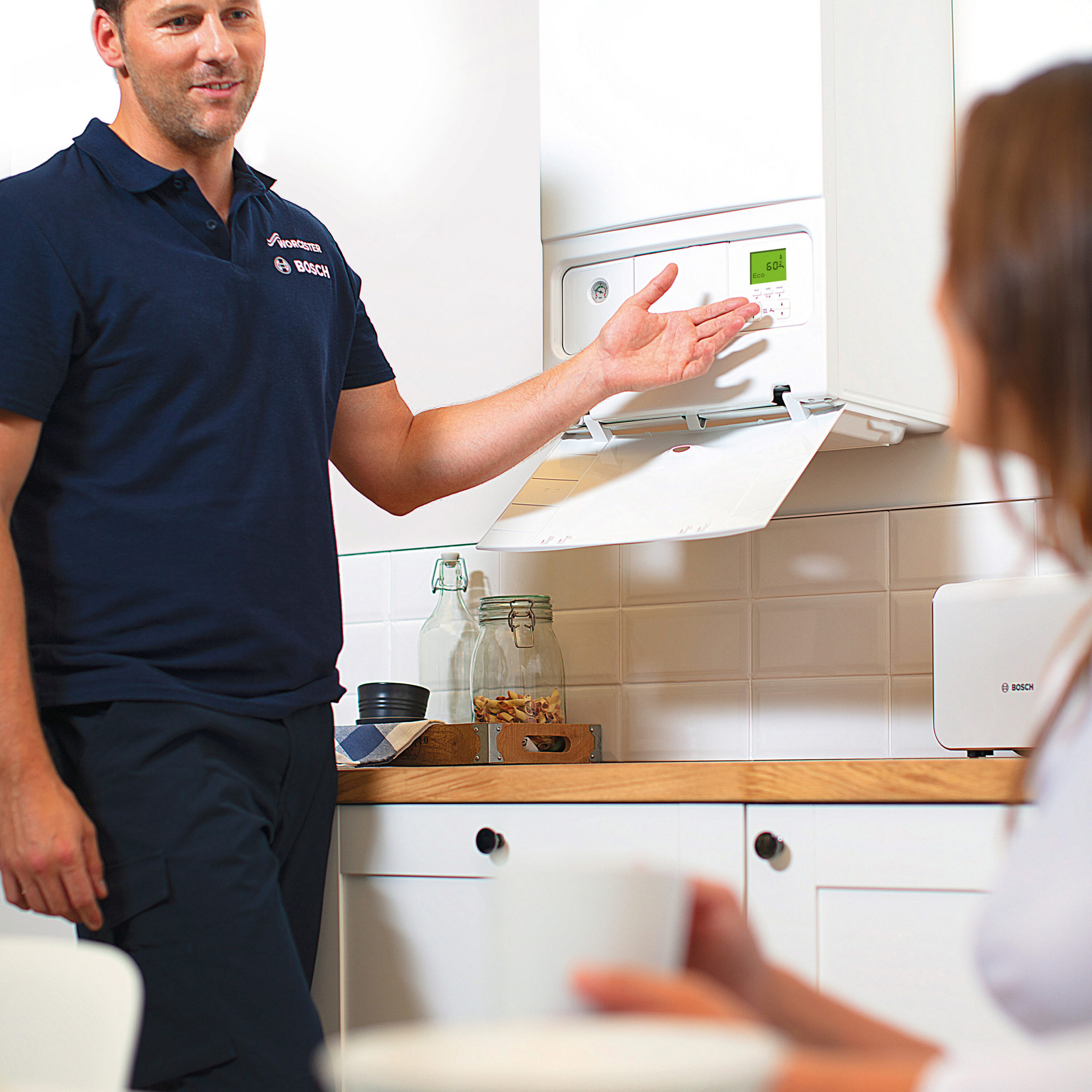
2. Adjust Your Boiler Settings
It clearly makes sense to be aware of the boiler settings and to turn them down if you can. The lower the settings the less energy will be used and the lower your bills will be. Most people’s boilers heat both their heating and their hot water so make sure they are high enough to do the job but not higher than you need. Just turning them down by 1 degree will make noticeable savings.
3. Insulate Your Loft
Heat rises. If you have a loft in your home, insulating your loft will prevent unnecessary loss of heat. Insulate your loft to the recommended requirements of insulation, currently around 270mm. This will keep your bills down while keeping your home warm. Where possible find out how else you can insulate your home in preparation for the winter months ahead.
4. Consider Cavity Wall Insulation
It’s worth checking if you have cavity wall insulation and if not, get a quote for having it installed and ask the installer what the payback period for it will be. A lot of homes already have this today but if yours doesn’t, it will reduce the amount you have to spend on heating bills. It’s same principle of having loft insulation, by insulating the walls you are reducing the amount of heat lost through them. It’s a simple but effective option, particularly if you have a ‘cold’ house.
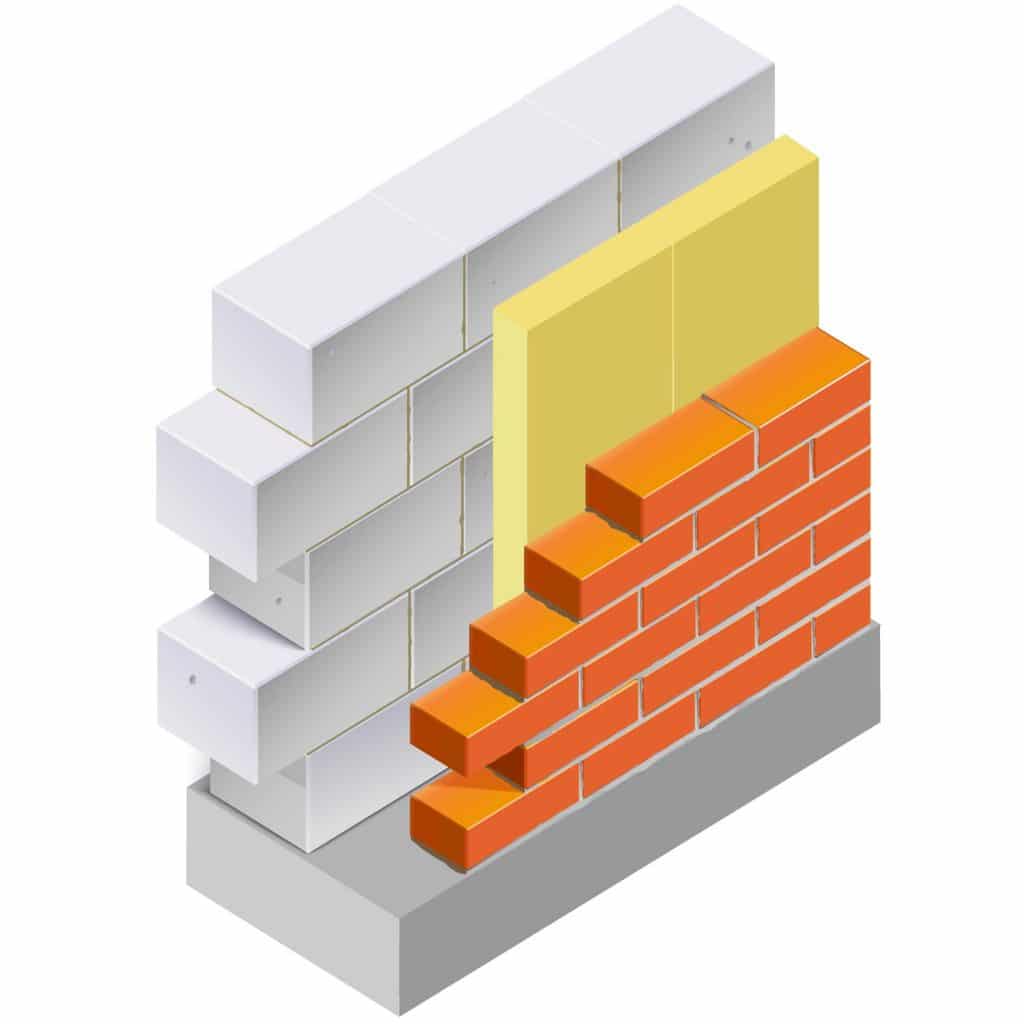
5. Fix Draughty Leaks In Your Home
The biggest culprit for escaped heat is draughts. Inspect your home for possible draught leaks. They could be under the door, cracks near the windows, wooden flooring and so on. Where possible fix the draught leaks. It’s a self-maintenance that you can carry out quite inexpensively yourself – go to any DIY store and head for the draught proofing products and decorators caulk – you will be surprised how reasonable they are and how simple many are to fit.
6. Use Your Central Heating Thermostat Efficiently
Your central heating does not need to constantly run at high temperatures for your home to benefit. While it may give you that toasty, warm feeling, your electricity bill will suffer. It’s easy to pop on a jumper and set the thermostat down a degree or two rather than setting the thermostat of your central heating higher. Try the lowest acceptable temperature of 18/19 degrees on the thermostat to start with and move it up by one degree at a time to find the acceptable temperature for you. Combined with these other suggestions you may be surprised at the temperature that feels comfy and even more surprised when you see your next heating bill! Remember you can always turn the thermostat up for ten minutes to give the home a heat boost. Just remember to turn it back down after it has done its job.
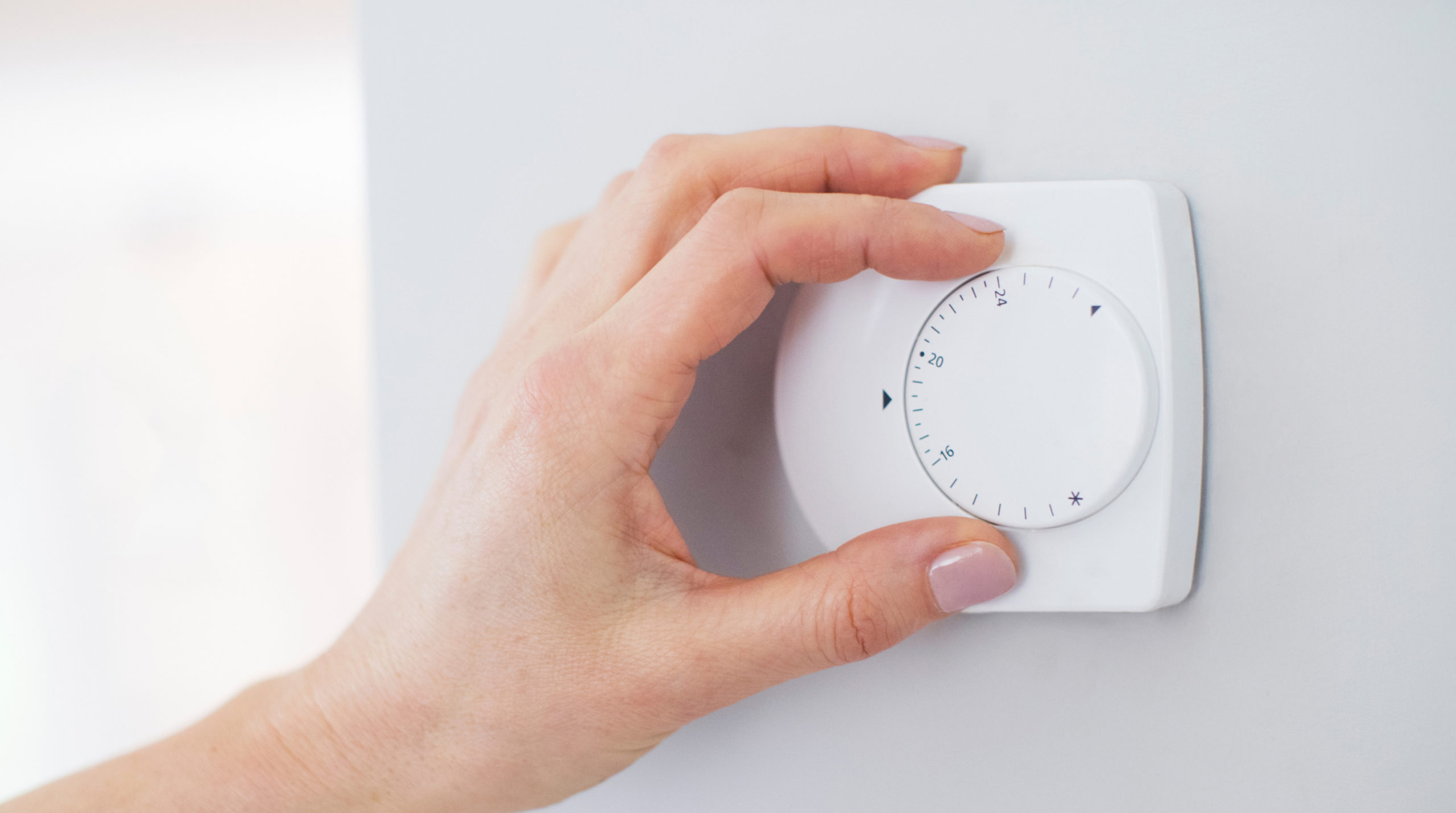
7. Install Thermostatic Radiator Valvets (TRVS)
Your entire house doesn’t need to be heated to the same degree. Look at installing thermostatic radiator valves in each room of your house. These radiator valves will help you regulate the flow of water to your radiators which in turn will help you control the temperature required for each room.
You can think of the boiler as the central control unit, setting the temperature of the water that heats the radiators. What a thermostatic valve does is give you individual control of each radiator. The dial allows you to choose the ambient temperature around the thermostatic head, this in turn maintains the room temperature. The radiator will turn on and off at a lower more efficient setting, the higher the setting, the hotter the radiator.
8. Bleed Your Radiator
Make sure that your radiators are full of water and not partially filled. The air is essentially replacing any hot water that would be needed to heat the radiator in order to be effective when in use.
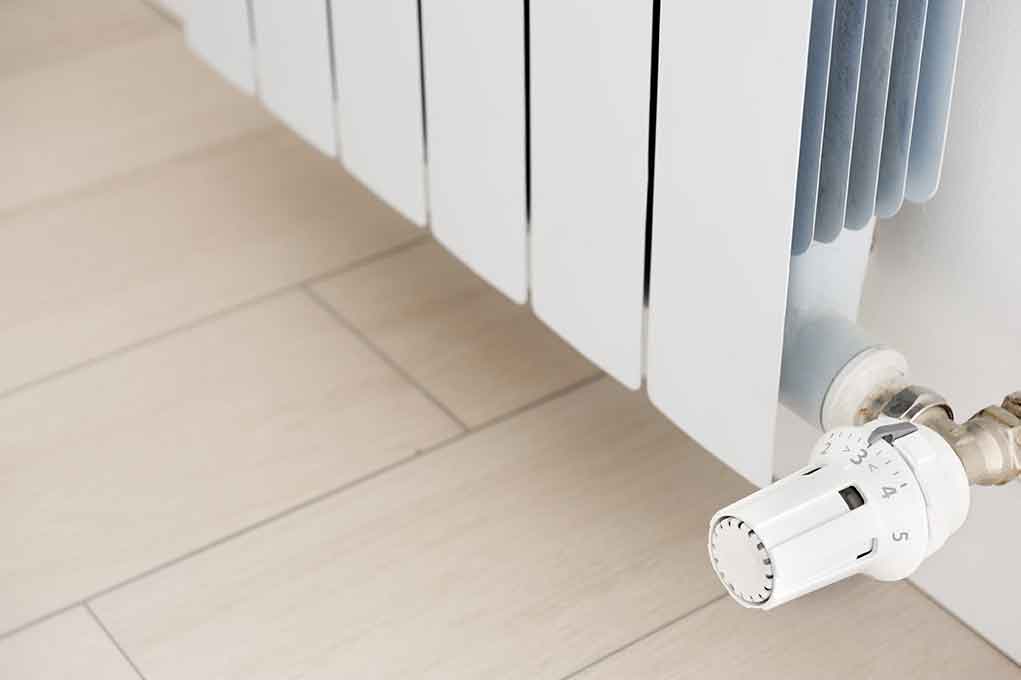
Via Stelrad
Are You Ready to Invest in Central Heating?
If you are interested in central heating, you will have to go through a long search for different models and suppliers. You can skip this process by simply filling in the contact form below.

